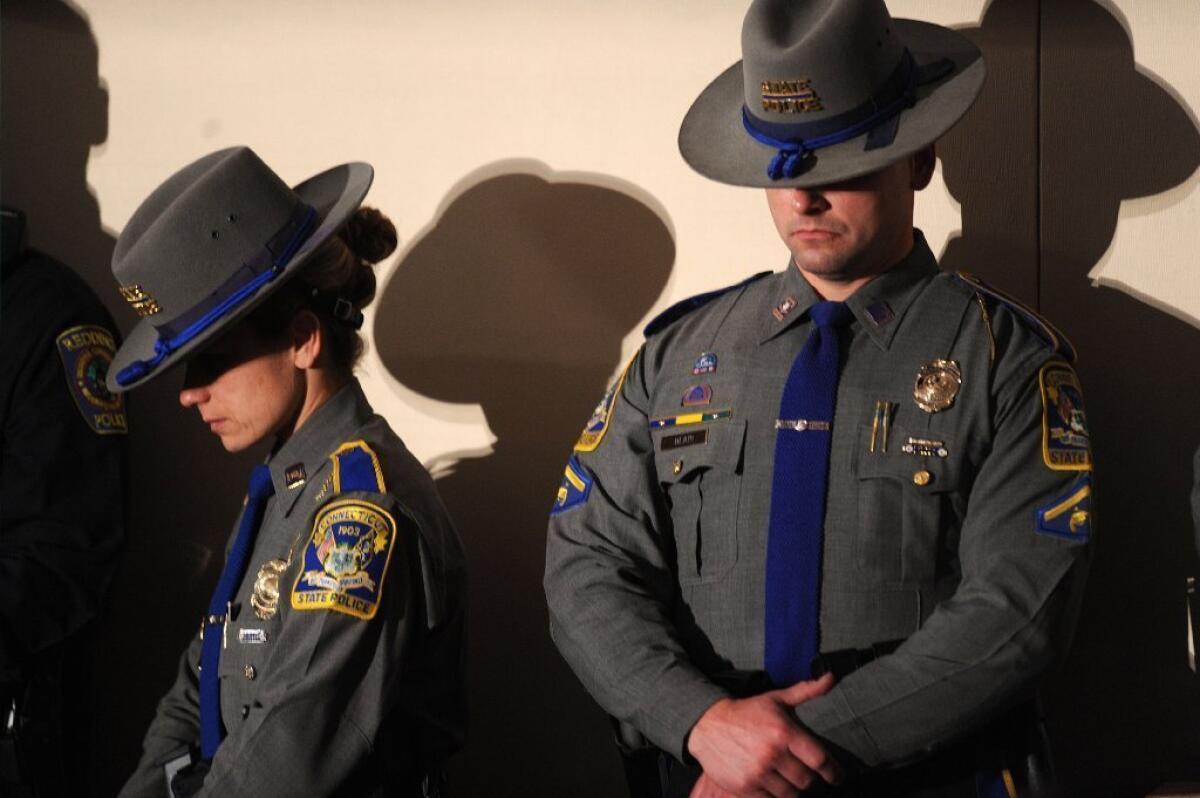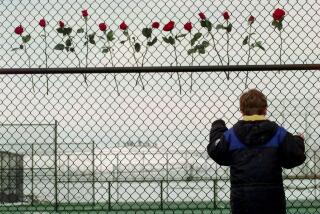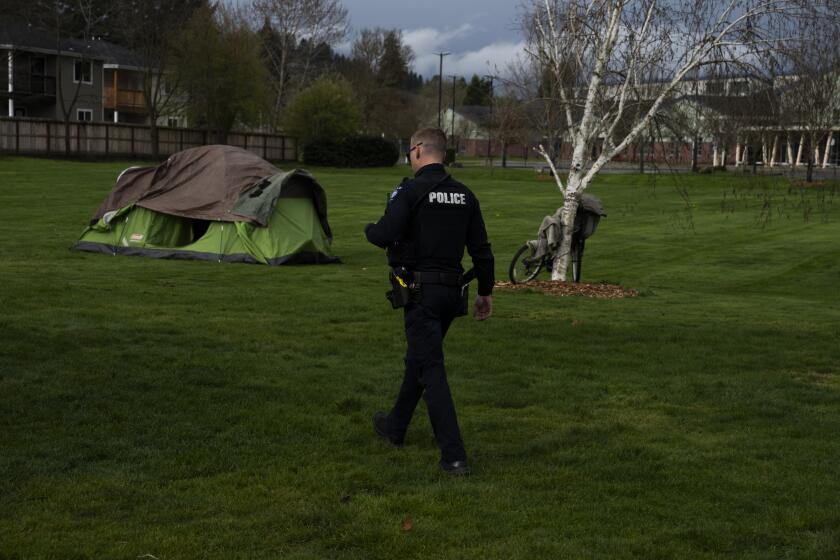Newtown, Conn.: The trigger

What was he feeling? Thinking?
We will never know for sure. After Adam Lanza slaughtered 26 people Friday at Sandy Hook Elementary School in Newtown, Conn., he killed himself — and took his thoughts and emotions with him.
Twenty of his victims were children, all of them first-graders who had never done a thing to him. What was in his heart and going through his mind while he fired the bullets that fell on them like hailstones from hell?
SLIDESHOW: The 10 trigger-happiest states in America
Maybe nothing.
That’s what it was for Jamie Rouse. Nothing.
On Nov. 15, 1995, when he was 17 years old, Jamie carried his Remington Viper .22-caliber semiautomatic rifle into Richland High School in Lynnville, Tenn., and shot two teachers and a student. One of the teachers died. So did the student, who had just turned 14.
In 1999, I interviewed Jamie for 30 hours over several days in the South Central Correctional Center, a penitentiary just outside Clifton, Tenn. The interviews were for a story in The Times, published April 22, 2000. It told what school shootings are like, not for the victims but for the shooters and their families.
“I don’t remember feeling angry,” Jamie told me. “I wasn’t feeling nothing. Like I said, I don’t remember feeling anything. Period. Empty. Hollow.... It was kind of a dream. I think another way to describe it is like watching a movie. I mean, it wasn’t an out-of-body experience. But it was just like I was there to observe. I was just observing things, not an active participant.”
Teachers and students wrestled Jamie to the floor and grabbed his rifle. A deputy sheriff arrested him. It was not until then that he felt or thought. “They had me in a little juvenile holding cell, and the TV was on in a back room somewhere. I could hear it. That’s when I first felt anything. When they explained what happened at the school, I was just — ‘My God, what have I done?’“
Jamie had started hallucinating when he was 6 or 7. “I remember seeing something kind of go through the hallway, and I go back, and there wasn’t nothing there. It was like a shadow. I always felt a little bit like it was a ghost.” At about the same time, he began having panic attacks. “I’d wake up and I would pace the floor in the living room. But I would not realize what I had done until morning.”
When he was 8, he started hearing things. “There was voices whispering among themselves. You couldn’t really understand what they was saying.”
Anger was a family trait. His grandfather and father got so mad they blacked out. Jamie’s father drank, used drugs and punched holes in walls. He once shot the family cats for eating some of his Kentucky Fried Chicken. He whipped Jamie with a belt and hit him and his two brothers with a wooden paddle two feet long.
On one occasion, Jamie responded by kicking a doghouse apart. On another, he beat a tree with his fists until they were bloody. One night, fearing another strapping, Jamie took a sword to bed with him and vowed to use it to defend himself. Fortunately, his father stayed out of Jamie’s room that night.
Once, when he was a teenager, Jamie grew upset with one of his brothers. He loaded the Viper and pointed at him. Jamie’s mother told him to hand her the rifle. When his father got home, he said that Jamie could no longer have the gun — but then he returned it when Jamie wanted to go hunting. What had stopped Jamie from pulling the trigger? “I don’t know,” he said, when I interviewed him. “That was the main time I thought I had a problem.”
Did he think of asking for help?
“No. I didn’t figure there was anybody who could help me.”
In school, Jamie was shy and withdrawn. He walked with his head down and spoke without looking anyone in the eye. “I couldn’t relate to anybody, even my best friends,” he told me. “I really didn’t fit in.” He trusted no one. “I couldn’t see no future whatsoever. I just had a hopeless feeling.”
He listened to heavy metal music, then death metal. He began wearing black. He carved an inverted cross into his forehead with a pocketknife and signed “Satan” to his senior yearbook message.
“I wanted to be my own god. I wanted to be in control of my life.”
But he wasn’t. One of his cars would not run. He wrecked another. A third was in the shop much of the time. He got four traffic tickets, and his driver’s license was suspended, then restricted.
“I tucked it in.... Everything that would bother me, I would just stuff it in,” until one day he accidentally backed his father’s pickup into a car and argued with its owner’s girlfriend. “I was already at a dangerous level … and when I got into it with [her], that was the straw that broke the camel’s back.”
Jamie tucked it in — until he walked into Richland school with the Viper.
“I was faithless and messed up. Too many emotions. I mean, it was too much. Too many different extremes of emotion. I was under too much stress. I had too much anger.”
How would he describe himself?
“Disturbed.”
Mentally disturbed?
“Yeah.”
Did Jamie need mental health counseling? Absolutely. Did he get any? No.
Although we will never know what Adam Lanza was feeling as he fired his weapon, we can be sure of one thing: Like Jamie Rouse, he needed help that he didn’t get. He was only three years older than Jamie when he inflicted his hell. By many accounts, Lanza had behavioral problems too. Until we improve our ability to help people, especially young people, who are mentally disturbed, we will continue to pay a heavy price.
In lives. Sometimes the lives of 6-year-olds.
“It was too late for me,” Jamie said. “It was just too late.”
Richard E. Meyer is a former Times staff writer.
More to Read
A cure for the common opinion
Get thought-provoking perspectives with our weekly newsletter.
You may occasionally receive promotional content from the Los Angeles Times.






